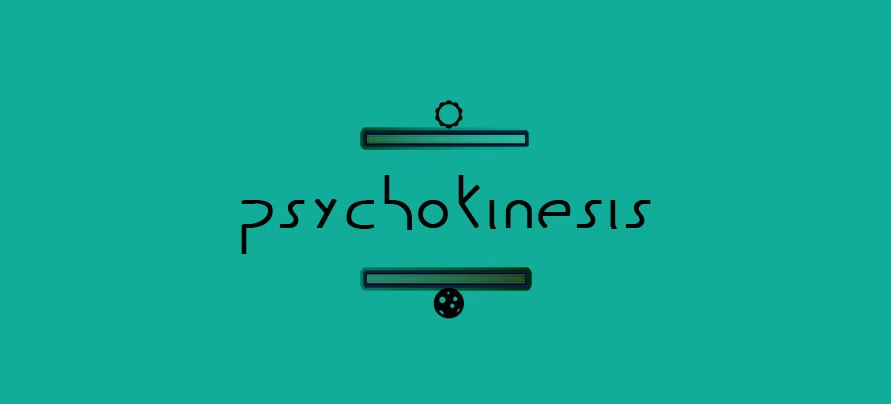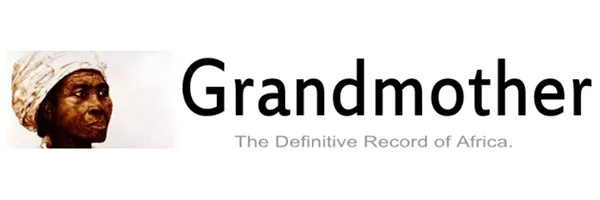The Hermetica is a collection of texts attributed to the legendary figure Hermes Trismegistus, a syncretic combination of the Greek god Hermes and the Egyptian god Thoth. These texts may vary widely in content and purpose, but are usually subdivided into two main categories: the “technical” and “religio-philosophical” Hermetica.
The category of “technical” Hermetica encompasses a broad variety of treatises dealing with astrology, medicine and medicine, alchemy, and magic. Many of the texts belonging in this category were written in Greek and may date back as far as the second or third century BCE. Some of them were also originally written in Arabic, though in many cases their status as an original work or translation remains unclear. These Arabic and Latin Hermetic texts were widely copied throughout the Middle Ages (the most famous example being the Emerald Tablet).
On the other hand, the “religio-philosophical” Hermetica are a relatively coherent set of treatises which were mostly written in the second and third centuries CE, though the very earliest one of them, the Definitions of Hermes Trismegistus to Asclepius, may go back to the first century CE. They are mostly focused on the relationship between human beings, the cosmos, and God (thus combining philosophical anthropology, cosmology, and theology). Many of them are also moral exhortations calling for a way of life leading to spiritual rebirth, and eventually to divinization in the form of a heavenly ascent. The treatises in this category were probably all originally written in Greek, although some of them only survive in Coptic, Armenian, or Latin translations.
During the Middle Ages, most of these texts were only accessible to Byzantine scholars, until a compilation of Greek Hermetic treatises known as the Corpus Hermeticum was translated into Latin by the Renaissance scholars Marsilio Ficino (1433–1499) and Lodovico Lazzarelli (1447–1500). Though strongly influenced by Greek and Hellenistic philosophy (especially Platonism and Stoicism), and to a lesser extent also by Jewish ideas, many of the early Greek Hermetic treatises also contain distinctly Egyptian elements, most notably in their affinity with traditional Egyptian wisdom literature.
The former encompasses treatises on astrology, medicine and pharmacology, alchemy, and magic, whereas the latter consists of religio-philosophical treatises mostly written in the second and third centuries CE. These treatises focus on the relationship between human beings, the cosmos, and God, combining philosophical anthropology, cosmology, and theology. They also contain moral exhortations calling for a way of life leading to spiritual rebirth and eventually to divinization through the “way of Hermes.” Many of the early Greek Hermetic treatises contain distinctly Egyptian elements, reflecting the affinity of the Hermetica with traditional Egyptian wisdom literature.
The Corpus Hermeticum, a compilation of Greek Hermetic treatises, was translated into Latin by Renaissance scholars in the 15th century. A number of Arabic works on astrology, alchemy, and magic attributed to Hermes Trismegistus also exist, some of which were later translated into Latin. Many of the Arabic Hermetic texts remain unpublished and unstudied by modern scholars. The Hermetica had a strong influence on Greek and Hellenistic philosophy, especially Platonism and Stoicism, and to a lesser extent also on Jewish ideas. However, the Hermetica should not be seen as simply a derivative of these traditions, as they also contain distinctively Egyptian elements reflecting the traditions of the Egyptian priestly class. The Hermetica thus represents a unique syncretic fusion of Egyptian, Greek, and Hellenistic ideas.
The Hermetica is an important source for the study of ancient philosophy, especially Hellenistic and Gnostic philosophy, and for the development of later esoteric and occult traditions. Its influence can be seen in the works
The Lost Wisdom of the Pharaohs








